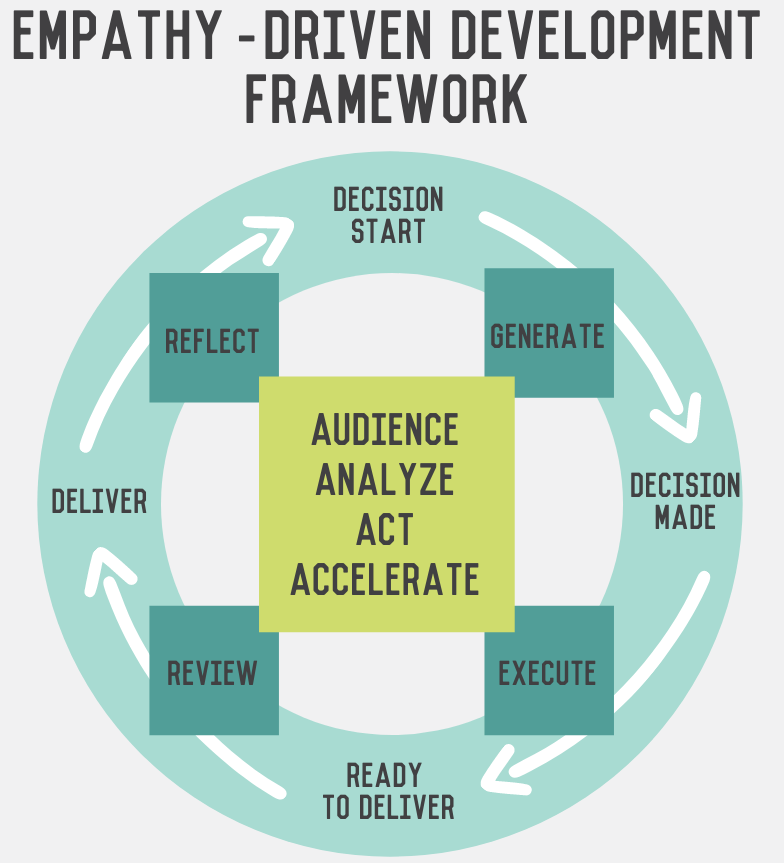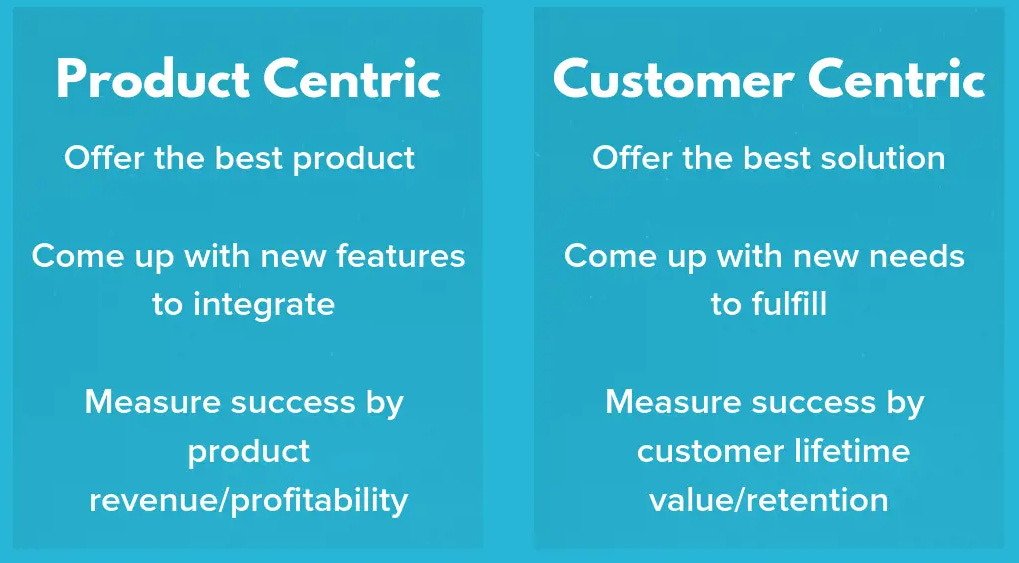Unlocking Data-Driven Empathy: Connecting with Customers on a Deeper Level
Harness the Power of Customer Insights to Build Lasting Connections and Drive Business Success
In today’s digital age, companies collect large amounts of data from their customers, including their preferences, behaviours, and demographics. This data can be used not only to improve the customer experience and increase profits but also to develop empathy and understanding for customers. Building data-driven empathy is essential for companies that want to create meaningful connections with their customers and build long-term relationships.
What is data-driven empathy?
Empathy is the ability to understand and share the feelings of another person. In business, empathy means understanding the needs, wants, and desires of customers and using that understanding to create products and services that meet those needs. Data-driven empathy is the practice of using data to build empathy for customers.
Why is data-driven empathy important?
Data-driven empathy is essential because it allows businesses to understand their customers better. When companies understand their customers’ needs, they can create products and services that meet those needs, resulting in increased customer satisfaction and loyalty. Furthermore, customers who feel understood by a company are more likely to recommend that company to others and become repeat customers.

How to build data-driven empathy
Building data-driven empathy requires a combination of technology, data, and human insight. Here are the steps companies can take to build data-driven empathy:
Step 1: Collect customer data
The first step in building data-driven empathy is collecting customer data. This data can come from a variety of sources, including social media, customer surveys, and website analytics. The goal is to gather as much information as possible about customers’ preferences, behaviours, and demographics.
Step 2: Analyse customer data
Once the customer data is collected, it needs to be analysed to identify patterns and trends. This analysis can be done using data analytics tools, such as machine learning algorithms and predictive modelling. The goal is to gain insights into customers’ needs and behaviours.
Step 3: Create customer personas
Customer personas are fictional representations of a company’s ideal customers. These personas are based on data analysis and help companies understand their customers’ needs and preferences. Creating customer personas is an essential step in building data-driven empathy because it allows companies to develop products and services that are tailored to their customers’ needs.
Step 4: Use data to inform product development
Once companies have created customer personas, they can use data to inform product development. By using data to guide product development, companies can ensure that their products meet their customers’ needs and preferences. This results in products that are more likely to be successful in the marketplace.
Step 5: Continuously analyse customer data
Building data-driven empathy is an ongoing process. Companies need to continuously analyse customer data to identify changes in customer behaviour and preferences. By doing so, they can continue to create products and services that meet their customers’ evolving needs.

Benefits of data-driven empathy
There are several benefits to building data-driven empathy:
Improved customer experiences: By understanding their customers’ needs and preferences, companies can create products and services that meet those needs. This results in improved customer experiences and increased customer satisfaction.
Increased customer loyalty: Customers who feel understood by a company are more likely to become loyal customers. By building data-driven empathy, companies can create meaningful connections with their customers and build long-lasting relationships.
Better decision-making: Data-driven empathy allows companies to make better decisions about product development, marketing, and customer service. By using data to inform these decisions, companies can ensure that they are meeting their customer’s needs and preferences.
Competitive advantage: Companies that build data-driven empathy have a competitive advantage over those that do not. By understanding their customers better, they can create products and services that are more likely to be successful in the marketplace.
Challenges of building data-driven empathy
Empathy is the ability to understand and share the feelings of others. It plays a crucial role in building meaningful relationships, effective communication, and successful collaborations. Data-driven empathy involves using data to gain insights into people’s experiences, needs, and emotions and using those insights to inform decision-making and interactions. While data-driven empathy can be a powerful tool for building empathy at scale, several challenges need to be addressed to make it effective:
Data quality: The quality of the data used to build empathy is essential. Inaccurate or biased data can lead to incorrect or harmful conclusions. Data must be collected from diverse sources, and its quality must be ensured through appropriate validation techniques.
Data privacy: Collecting and using data to build empathy must be done ethically and responsibly. This includes ensuring the privacy and confidentiality of individuals’ data and obtaining their informed consent before collecting or using it.
Contextual understanding: Data-driven empathy requires a deep understanding of the context in which the data was collected. Without this understanding, it can be challenging to interpret and use the data meaningfully.
Human interpretation: While data can provide valuable insights, it is essential to remember that empathy is a human experience. Data should be used to supplement and inform human interpretation rather than replace it entirely.
Technology limitations: Technology can be a powerful tool for building empathy, but it also has limitations. For example, facial recognition technology may not accurately capture all facial expressions or cultural nuances.
Overall, building data-driven empathy requires a thoughtful and ethical approach to data collection, analysis, and interpretation. By addressing these challenges, we can unlock the power of data to build more empathetic and inclusive societies.
Conclusion
In summary, building data-driven empathy is essential to creating a customer-centric business model. By leveraging customer data, developing customer personas, and using personalisation, companies can better understand and meet the needs of their customers. Ultimately, this can lead to greater customer satisfaction, loyalty, and business success.
This article was originally published on a company weblog. You can read the original one here.
Intellicy is a consultancy firm specialising in artificial intelligence solutions for organisations seeking to unlock the full potential of their data. They provide a full suite of services, from data engineering and AI consulting to comment moderation and sentiment analysis. Intellicy’s team of experts work closely with clients to identify and measure key performance indicators (KPIs) that matter most to their business, ensuring that their solutions generate tangible results. We offer cross-industry expertise and an agile delivery framework that enables them to deliver results quickly and efficiently, often in weeks rather than months. Ultimately, Intellicy helps large enterprises transform their data operations and drive business growth through artificial intelligence and machine learning.

